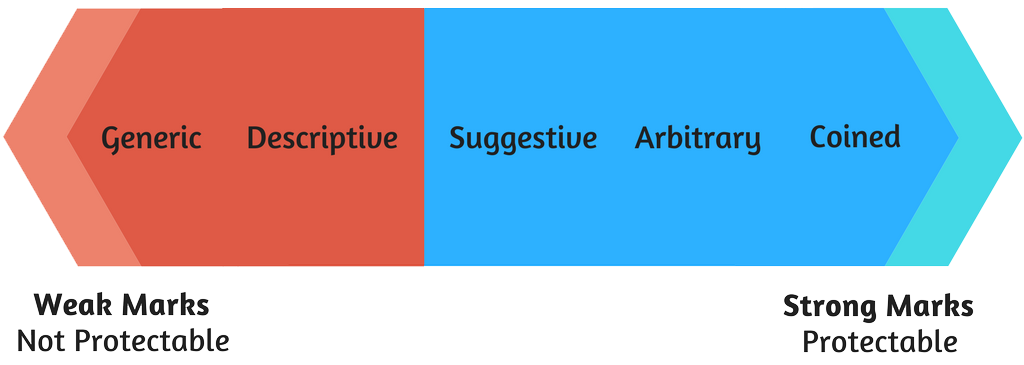
7 Points When You Need New Positioning and Messaging
There’s so much to do in marketing today, and so much pressure to deliver results, that it’s tempting to dive straight into generating content, or design, or some other concrete deliverable. However, those kinds of efforts are not as effective as they could be if they’re not tied to a strategy based on the position your company is trying to stake out in the market in relation to their competitors.
When you don’t have a positioning strategy, you often don’t have a clear and compelling story to tell — one that sets you apart from the competition. Positioning and messaging work, followed by branding work, is critical for the effectiveness of all the work that comes after.
It’s tempting to skip this step, because it takes time, and that delays execution. It can also come with a hefty price tag. Agencies can charge anywhere from $100K to $1 million for positioning and messaging alone, not including any brand work. And, the deliverable is less tangible. It usually involves some form of market research and SWOT analysis, and the deliverables are things like a strategy brief and/or a message guide for the marketplace, for the buyers, for the investors and for the company itself. These are all internal documents–nothing you can actually put in front of a prospect or customer and nothing that generates immediate ROI.
However, having those resources can make customer-facing branding, design, and content creation so much faster and easier. The communication effort, including back and forth over revisions, will be much lighter, because everyone is already aligned on the positioning and messaging.
More importantly, it leads to a complete up-leveling of the conversation. It takes you out of the race to the bottom on price, and gives you what you need to have a much more emotional conversation with prospects and customers about how their lives, or their business, will be different and better once they use your product or service. This is why firms can charge so much for this work — they’re able to point to a big ROI for their customers who invest.
There are some clear inflection points where doing positioning and messaging work can help propel you to the next stage, and in these situations you can make a strong business case for investing. Here they are:
1. When you need to expand who you’re selling to.
Many companies get to a certain size by having a really good product or solution that their early adopters love and intuitively understand the value of. Usually these are more technical buyers or super users. They’re extremely valuable customers, but there just aren’t enough of them. If you want to keep growing, you need to figure out how to position your offering with a broader set of buyers who may need more of an explanation to understand the value.
Along those same lines, maybe you want to expand into new vertical markets. That puts you into competition with a new set of companies, so you need to understand where you fit in, and how to talk to these new buyer personas.
2. When there’s a merger or acquisition.
Whether you’ve merged with another company or acquired one, there’s a business strategy behind it and it likely changes your market position. Now you need a different story for the new entity, one that reflects that strategy. Why are these things better together? What’s the value to the customer of the combination, as opposed to what you had before?
3. You sound the same as your competitors.
You may have been the market leader at one point, but competitors have caught up and they’re mimicking your language. When there’s no differentiation in the mind of the buyer, that’s when it becomes a race to the bottom on price. If the buyer is comparing four products that all look alike, they’ll choose the cheapest one.
4. You realize everyone inside your company sounds different.
If you haven’t done this work, or if your existing positioning and messaging needs a refresh, chances are that your people are coming up with their messaging. Everyone has developed a story that works for them in their function. It’s hard to grow a company that way, and it’s hard for the customer to figure out what you stand for.
5. New leadership.
When there’s a new CEO or head of marketing, they usually have some kind of mandate. It might be to turn around the company because it’s struggling; to pivot the direction of the product, or to supercharge growth. New leadership is more than just personnel change. It usually means a change in corporate strategy, and that leads to a need to evolve the company’s story.
6. You’re fundraising, or have fundraised successfully.
If you’re preparing to raise a round or go public, you want to put your best foot forward. You want to tell a bigger story, polish your visual image and help investors see the vision and future potential, beyond just what you sell today. Or, if you’ve successfully raised money, now the clock is ticking for you to achieve those really aggressive revenue goals and you need to invest in your website and other marketing assets in a strategic way.
7. You’re building a new website.
Often when you embark on building a new website, or refreshing your existing one, it becomes clear that you don’t have a solid strategy because you don’t know exactly what to say and who to say it to. Building a new website is a common inflection point, because it’s the company’s calling card, but it could also be starting a demand gen program, or a social media marketing program. You can serve up a lot of content, but is it what the audience wants and needs? Is what you’re saying any different than what your competitors are saying? Will it win the hearts and minds of customers?
If you want to scale your company and become a recognized brand that stands out from the competition, sooner or later, you have to do the hard work of positioning and messaging–doing the market research and deciding which slice to claim for yourself and which to cede to the competition, and then figuring out how to tell your unique story.
Having a really good product or solution, or saying yes to everything that comes your way, can be a good growth strategy for a while. Sooner or later you will hit one of these inflection points and start to feel the pain of not having your positioning and messaging figured out. When that happens, it’s easier to convince your colleagues to invest in it. More importantly, that’s when it can make the difference between stagnating and accelerating.











